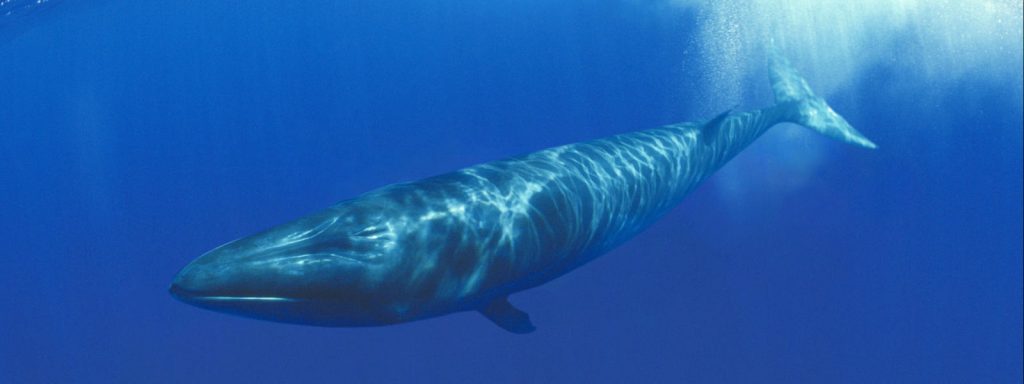
 Whales are probably some of the most majestic creatures in the planet. Even for their large size (some can grow to well over twenty meters in length), these creature move rather gracefully in the water. Thus, a lot of people have become attracted to observing them as they move in the oceans.
Whales are probably some of the most majestic creatures in the planet. Even for their large size (some can grow to well over twenty meters in length), these creature move rather gracefully in the water. Thus, a lot of people have become attracted to observing them as they move in the oceans.
Indeed, whale watching has come a long way from an activity that is of interest only to biologists to a tourist attraction that draws in thousands to the coastal areas. However, whale watching can be a disappointing one at times, with not a single whale seen the entire day. So, to make the most out of your whale watching expedition, here are some tips that can help you catch a glimpse of Moby Dick and his crew.
Whale watching and whale conservation organizations regularly publish whale watching season schedules, so you might want to check them out first. Also, travel agencies, in cooperation with the above two groups, provide free whale watching information for all their clients. Chatting with the locals would also be a good chance to gather up details on the best whale watching times. Often, the best period to observe whales is during the early morning hours on calm days, but the whale watching session can actually last an entire day.
 A good pair of binoculars would come in handy since you will be spotting most of them from afar. However, if you are lucky enough, some whales are actually very curious enough that they will head to your boat and give you a closer glimpse of them. One of the good signs that a whale pod is near is the all familiar spray coming from a whale’s blowhole (which are themselves very spectacular), so you definitely should be on a look out for these.
A good pair of binoculars would come in handy since you will be spotting most of them from afar. However, if you are lucky enough, some whales are actually very curious enough that they will head to your boat and give you a closer glimpse of them. One of the good signs that a whale pod is near is the all familiar spray coming from a whale’s blowhole (which are themselves very spectacular), so you definitely should be on a look out for these.
In getting a closer look on these creatures, be sure to approach the pod in a slow manner and avoid any sudden movement that might scare them. Also, cut off any noise that can also have the same effect . This way, you can come close to them without any incident.



